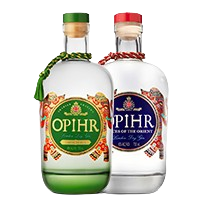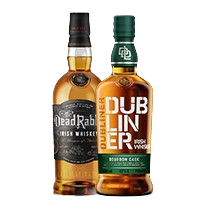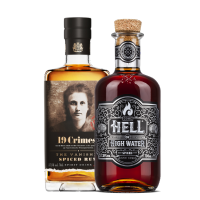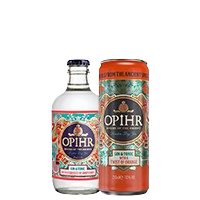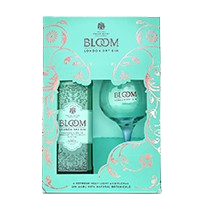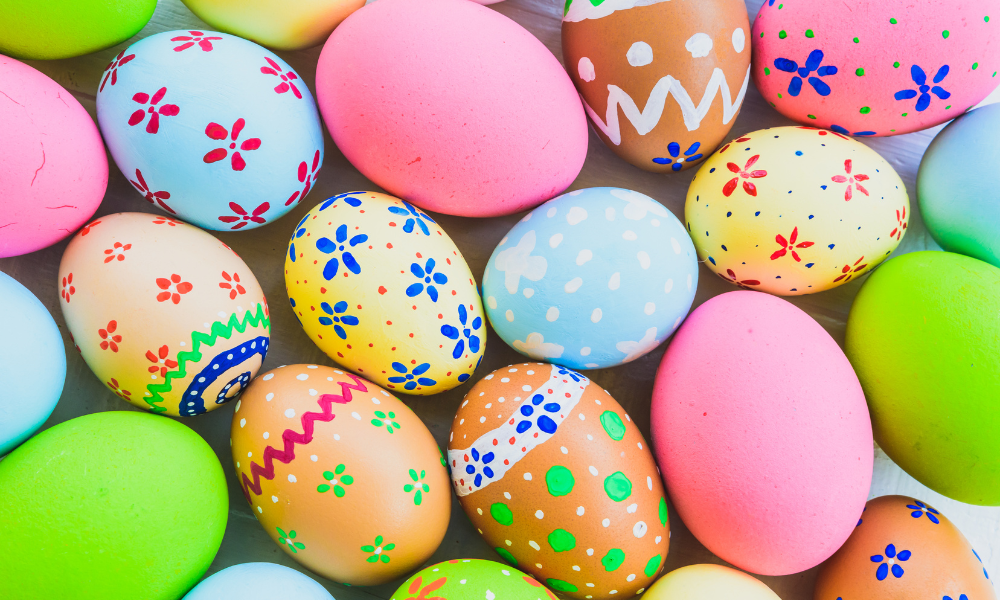Whiskey Glossary: Words You Need to Know
The whiskey world can seem daunting at times. In the past, it has been seen as a traditionally male-dominated world, full of old boys enjoying a wee dram after they’ve been shooting pheasant in their Scottish piles. Today, that image is about as outdated as skinny jeans and combat trousers.
Here at Neat and Shaken, we are firm believers that like most spirits, whiskey is best enjoyed amongst friends, colleagues, and compatriots young and old. As such, we’d like to help ease the burden of anyone hoping to educate themselves in the nuances of this storied spirit.
Learning the basics of whiskey can seem a Herculean task, even to the most seasoned pros. This is why we have gathered together the most important terms in this simple glossary so you can hold your own next time you’re invited to Balmoral.
Alcohol by Volume/Alcohol Content: Often shortened to ABV. ABV is the alcohol content of a given liquid — or the percentage of the liquid that is alcohol. For whiskey, ABV is referred to by its proof rating. Other industries (like wine) prefer to stick with ABV.
Angel’s Share: Possibly the most romantic word we’ve ever heard for evaporation. As whiskey slowly matures in its cask, a small amount (around 2%) evaporates through the wood and into the atmosphere. Traditionally, it was believed that this whiskey evaporated up to the heavens and, thus, it was coined the “Angel’s Share.”
Blended Whiskey/Blended Malt: Blended malts or whiskies are, as the name suggests, a combination of two or more single malt whiskies. Formerly called vaulted whiskey, blended whiskey is a product that contains a mix of both barrel-aged malt and grain whiskies.
Body: this is a tricky one as no there’s no real way of explaining what the whiskey body is except by saying it’s the way it feels in your mouth. When the whiskey floods your mouth with flavour, that’s the body. The strong taste is due to a complex flavour profile, which comes about depending on the types of casks and the duration the whiskey is aged in.
Bourbon: Bourbon is to whiskey what Champagne is to wine, ergo all bourbon is whiskey, but not all whiskey is bourbon. Its main ingredient is corn - at least 51%. Additionally, it should be aged in new charred oak barrels in order to carry the name (which comes from a French royal family, just in case you were wondering).
Cask Finish: Sometimes called second (or even third) distilling or wood finishing, cask finishing, is where matured whisky is transferred to another barrel for further ageing in a second, different cask. It’s a relatively new process, pioneered in Scotland in 1983. Today, most blended whiskey and whiskey producers have embraced cask finishing. See also Finishing.
Cask Strength: Cask-strength whiskey refers to whiskey that is bottled directly from the barrel, meaning it hasn't been diluted with water. Cask whiskey appeals to those that want to taste whiskey in its purest form. Be careful though - cask strength whiskey will knock your socks off - it’s generally between 60 to 65% ABV.
Casks: Sometimes called barrels or butts. During its maturing process, whiskey is put into oak barrels, made usually from American white oak or European oak. American oak gives a soft, sweet taste with notes of vanilla and caramel, while European oak is spicier and gives a strong woody flavour. Very often second hand sherry casks from Spain are used, as they impart fantastic flavour.
Cereal Grain Whiskey: When you see this on the label, it means that the distilled spirits inside the bottle have been made, at least in part, from grains other than malted barley. Grains other than barley could include maize, wheat and rye (often used in Tennesee whiskeys). Each grain affects the taste; think sweet for maize, smooth and honeyish for wheat and peppery for rye.
Chill Filtration: Chill Filtration is a process that occurs prior to bottling. As the name suggests, the process involves chilling the whisky down to a low temperature (often around 0°C, sometimes even lower), then passing the liquid through a filter to pick up tiny particles. Chill filtration is done so that the whiskey remains translucent when water or ice is added. Affectionados take note: whiskey purists believe this process ruins the taste of whiskey.
Distillation: Distillation basically works the same way evaporation does. It is where the still is heated to just below the boiling point of water allowing the alcohol and other compounds to vaporise. The vapour is collected into either a condenser and immersed in cold running water, meaning the vapour is condensed back into a liquid. This process not only increases the alcohol content of the liquid but it eliminates the volatile components, both good and bad.
Dressing: This is the act of taking away all the deposits (also called ‘combings’), from the malted grain.
Finish: See Cask Finish. Finishing is the procedure that some whiskeys undergo where the spirit is matured for a minimum of three years in a cask of a particular origin prior and is then transferred to a secondary cask of a different origin. This is done to create a complex flavour profile. Usually, the first cask for the main ageing is an American oak (formerly used to mature bourbon), while the second is usually a European oak sherry cask.
First Fill: The first fill refers to the barrel that is being used to fill whiskey for the first time. The virgin barrels are used liquid in the virgin cask. So, even if the new cask has been used to age sherry, port bourbon etc, its first fill is still the whiskey. First-fill casks give the best results of the previous liquid to the whisky, while each subsequent fill will receive progressively less influence.
Lyne Arm: The lyne arm, or more commonly in Ireland and Scotland, the lye pipe, is the part of the copper distilling vat that links the still to the condensing system. There are many different ways to configure this connection, and each option has a different effect on the final flavour of the spirit produced.
Malted Barley: Irish and Scottish whiskies/whiskeys are required by law to have a percentage of malted barley in their product (see grain whiskies, above). Traditionally, malted barley is the grandfather of whiskey grains. The malting is done to the barley in order to make it sprout and produce enzymes that convert the carbohydrates into sugars which can then be fermented by the yeast in alcohol.
Mash Bill: The mash bill is loosely translated as the whiskey’s flavour profile. The cereal grains that are used to produce the distilled liquid deliver different tastes, the combination of which is referred to as the mash bill.
Mash Tun: This works the same way sort of like a massive teapot, used with tea leaves. Each of the malt distilleries has a slightly different process, but basically, the ground down malted barley is funnelled from the malt mill into the mash tun along with water heated to 64°C. This temperature is high enough to dissolve most of the sugars in the barley but low enough to allow the enzymes present to continue the chemical processes begun during germination. The water infuses with the grain to make, you’ve guessed it, whiskey.
Nose: There are two meanings here. One: the aroma. The whiskey nose should begin deep in the glass and rise up from out of the glass to just above the nose rim. The second meaning of Nose is a verb, as in you nose (or sample) the whiskey. Hold your glass by the base or the stem and swirl. This will help to open the aromas. Some experts also recommend placing your hand over the glass and giving it a brief shake, then rubbing your hands together. Then, take a big sniff of the whiskey and voila, you’re nosing.
Oak Barrel: Oak is used to age whiskey for a number of reasons: first, the broad wood makes ideal barrels, second, it is considered a “pure wood” i.e. has no resin (contrary to say pine) and third, the oak adds to the taste profile of the liquid. This can vary according to whether American or European oak is used. American oak delivers a sweeter taste (giving the whiskey flavours of coconut caramel, vanilla, cinnamon, and brown sugar). European oak tends to be drier - think toasted almonds and nutmeg. A charred or toasted inside can also play a part. Finally, the oak cask is partly responsible for the whiskey’s colour.
Palate: The Palate is initial taste flavours. The tongue is divided into four main areas: the tip for sweet, either side for sour or salty, and the middle for bitter so as your drink your whiskey try to let it linger in your mouth for a while so that it hits all the area to unearth the more complex flavours.
Scotch Whisky/Irish Whiskey: So, let’s make this easy for you. If it’s spelt whisky then you’re in Scotland, Japan, Canada or the rest of the world. Spell it whiskey and you’re in Ireland or in the United States. Conclusion: no e is the Scottish spelling, while with the e is Irish. The reasons for this are laid out in our excellent piece on the subject here.
Single Cask Whisk(e)y: A purist’s whiskey for connoisseurs. This is whisky in its most authentic form; untouched, elemental, pure. Single cask whiskey is drawn straight from one individual cask and is almost always bottled at cask strength. No two single cask whiskeys are the same, as they take on the unique flavours of their individual casks.
Single Malt Whisky: Despite what you might think, the single in single malt whiskey does not refer to a single cask. All distilleries use a blend of whiskies in their finished product, layering differently aged products to make one incredible drink. Rather, the ‘single’ in ‘single malt’ means that the whiskey comes from a single distillery. Therefore, while a single malt can contain whiskey from many different casks, all of this whiskey must have been produced by the same distillery.
Spirit Safe: Does what it says on the box - literally keeps the distilled spirit safe. Also known as the tail box, the spirit safe is a padlocked glass box that cannot be accessed (in times gone by only the customs and excise man would have to key to the padlock, in order to stop any theft or cheating of the law). The distillate from the still passes into it, and can be seen through the glass sides or windows, allowing the master distiller to analyse the spirit inside the safe.
Triple Distillation: As the name suggests, a triple distilled whiskey will have gone through the distilling process (see above) three times. It is worth noting that Irish whiskeys are distilled three times compared to twice for Scotch whisky. The extra distillation removes most of the congeners (or the yukky stuff you don’t really want in whiskey such as esters, tannins, acetone, aldehydes). Some scientists believe the third distillation removes a hangover.
